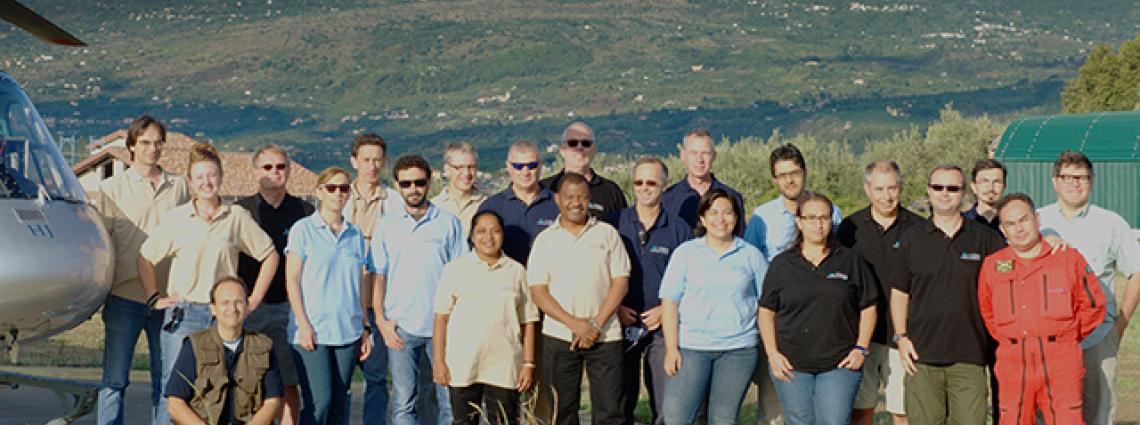Honing Airborne Technique Skills
Massimo Chiappini (Italy), head of the INGV team, instructs on the handling of the airborne magnetometer, also called “the bird”.
The ATS training was very useful to build up the confidence and skill of the participants. As a trainee from [Visual Observations] VOB, this gave me the opportunity to build up my confidence to perform VOB activities alone, which we performed as a group earlier. In addition, I observed and learnt activities of other disciplines in an air-borne mission, which would help me in future mission planning.
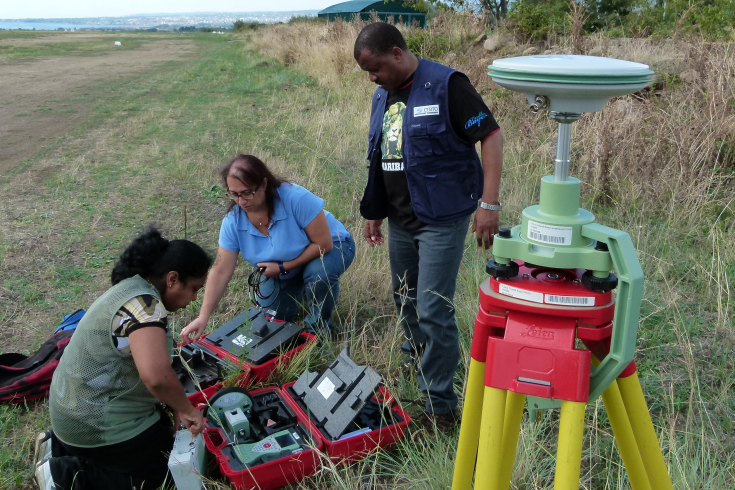
From left: Dharani De Silva Wijesundara (Sri Lanka), Antonietta Rizzo (Italy) and Dumezweni Sibanda (Zimbabwe) set up equipment to determine a ground reference point.
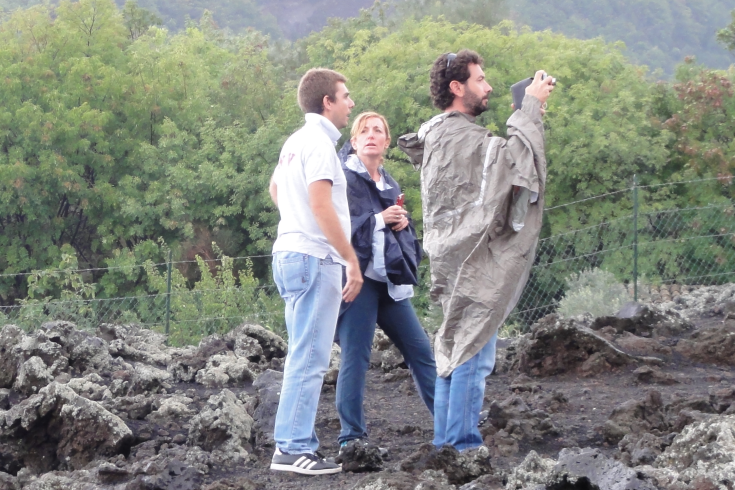
Naama Charit Yaari (Israel, centre) and Stavros Seferlis (Greece, right) discussing their position with facilitator Alfio Messina (Italy) during a ground-based mission.
ATS Training gave us hands-on time with the airborne gamma and magnetic survey equipment, and achieved fusion in the application of the different techniques. And the hospitality in Italy by INGV was superior!
Initial health and safety briefing on safe operations in and around the aircraft.
Markku Kettunen (Finland) conducting the pre-flight briefing.
Henry Seywerd from Canada's NRCan demonstrates the start up procedure for the Canadian gamma spec equipment.
Additional Overflights require a broad array of skills. There are many less obvious skills required, including extensive communication and planning. It’s very important that the disciplines work together before, during and after the overflights, in order to optimize the results. During ATS Training, the participants applied their expertise to the tasks at hand and showed outstanding teamwork. Morale remained high throughout - even during ground-based field missions in the pouring rain!
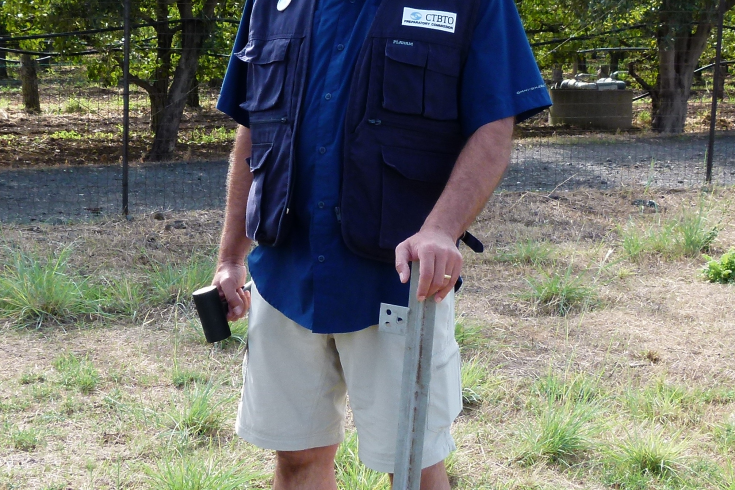
Don Felske (United States) surveys a suitable site to set up the ground-based magnetometer.
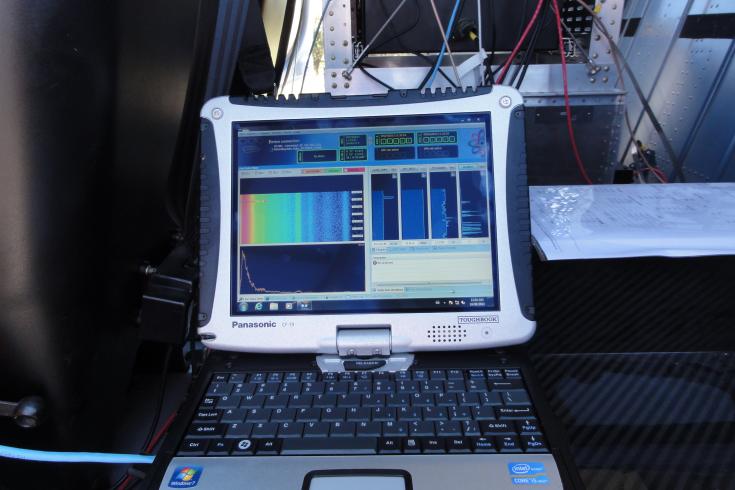
Monitoring gamma spectrometer in-flight data acquisition.
I think that some of us trainees were a little worried about how it would be to work in a helicopter and, above all, taking off and landing of the bird while standing under the roaring chopper. Now, after the training, we are all more relaxed and feel comfortable when thinking about what we are up to next year in Jordan during IFE14.
The next OSI workshop in preparation of IFE14 will take place in China (Yangzhou, Jingsau) from 11 to 15 November 2013.
Ales Fronka (Czech Republic) prepares to remove and pack the gamma spectrometer at the end of training.
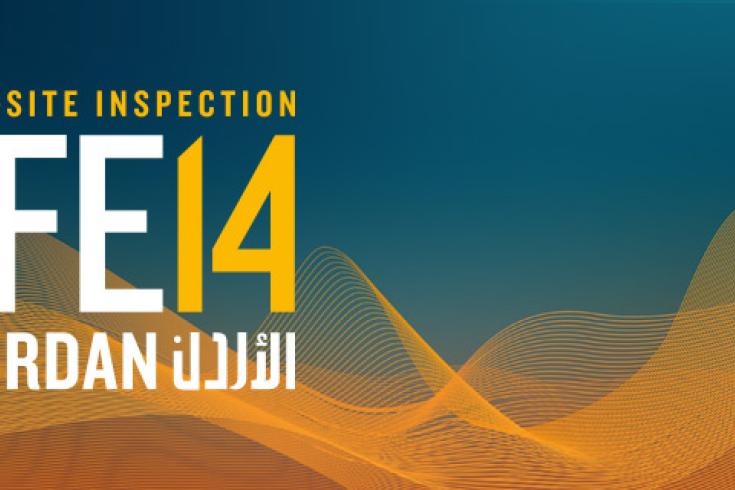
12 Dec 2013
